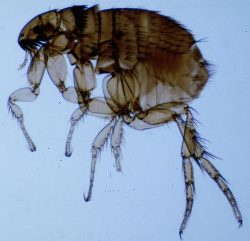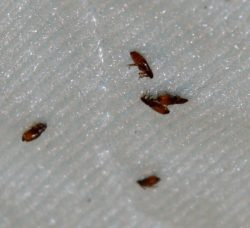Pet owners are usually familiar with dealing with bothersome fleas. Fleas are not picky eaters, after all, feeding from the blood of dogs and cats, ferrets and rabbits, and, of course, people, when the need arises. While many people have encountered these nasty little parasites, they know little about them. However, despite their discomfort, fleas are actually interesting creatures.

1.A flea life cycle occurs in 4 different stages: eggs, larvae, pupae, and full-grown. Adults lay eggs on an unsuspecting host, which then drop into the surrounding area. When the eggs hatch into larvae, they lurking around, eating, and after a few episodes of moulting, they spin a cocoon and turn into pupae. Finally, a chrysalis emerges hatching adult fleas, which then look for host animals to feed on. Under optimal conditions, this process will take about three weeks. Get help from Pest Control Chelmsford at a site like BPC, leaders in Pest Control Chelmsford
- Although the process sounds simple, the flea life cycle is very hard to break and end. Fleas are very difficult creatures. Most of the available treatments will kill adult fleas, but it is much harder to get rid of the eggs and pupae in particular. Some products have a compound that stops the eggs from hatching, but does not kill the pupae. This means that even if you remove all the adult fleas in the area, the next generation may just be waiting to take over.

- During the infestation of fleas, treatments put on your pet are not effective alone. It is important to treat the environment as well as it is where the eggs and pupae are stalking. They will be on the carpet, among the floorboards and everywhere our pets spend time.
